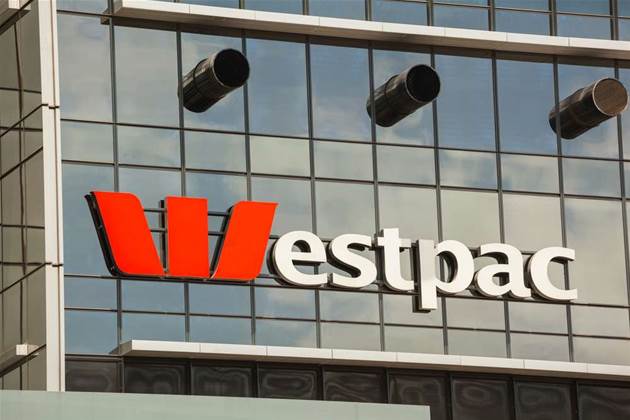Westpac will build five foundational platforms to simplify the bank's existing architecture, as part of the ongoing transformation of its IT environment.

Chief information officer Dave Curran told an Oracle CloudWorld event in Sydney yesterday the five platforms would allow the bank to refocus around "service" instead of "product and channel".
The platform vision is the result of an IT transformation that began in 2016 with the aim to rebuild operations from the middle out.
“How we think about it at Westpac is how do we simplify the organisation, provide services, and then what do we put on top of it,” he said.
“So we’re looking at building five platforms within the organisation.”
The first platform is the customer service hub, underpinned by the Oracle customer master database.
The hub is set “around the customer” and pulls together data from every system across the bank into a central resource.
“If the customer is going to be the centre of what you do, then the first platform you need in the organisation is a customer platform,” he said.
The bank’s second and third platforms, respectively, will serve payments and the banks’ “large employee base”. The payments platform is understood to use Oracle’s Banking Platform.
This would be followed by “a platform around data and a platform around infrastructure to support what we’re doing”.
“They become really important because if we do that we can API-enable those platforms and do a number of things on top,” he said.
Curran suggested infrastructure would focus around the use of IaaS and PaaS capabilities from third-party providers.
“Infrastructure is not something that I see as core to the bank going forward into the future”, he said.
“What's more important is how you transform that business logic around the customer and present that to customers to service [them] in new and innovative ways.
“Building new websites [and] new mobile capabilities is actually not that hard. The harder bit is how you do that on top of the business logic and the data that is so important to serving those customers”.
Curran believed the transformation work would put Westpac in good stead to tackle forthcoming open banking obligations under a regime introduced by the federal government last year.
He said that open banking would require more than a superficial opening of banking systems.
“To do it you have to open up that base-level technology - the core business logic and data - not just the things that sit on top in terms of web services," Curran said.
‘It’s a case of ‘how do you make transparent and open the things that sit deep in your organisation’. That’s the hardest piece."
Curran added: “Transforming a bank to open up services and data is actually the biggest challenge while you’re still running a bank."
Playing with AI
Curran considers artificial intelligence to be one of the bank's “biggest challenge[s]” because "it’s a capability that has to learn”.
Westpac has largely decided to put the adoption of AI technologies on hold while it has been working to rebuild its IT foundations, choosing instead to focus on several proof-of-concepts
Another reason for the bank's hesitation is to ensure that it spends enough time building its internal AI capabilities.
“The analogy that I use when I’m talking to my senior colleges within the bank is it’s like hiring a 17-year-old.
“[They could be really smart but] you’re not going to let them loose on day one. You have to spend a number of years building them and building their skills.
He said the bank current has “15 or 16 different initiatives going” where AI has been put “to work" on various data sets.



.png&h=140&w=231&c=1&s=0)







 iTnews Executive Retreat - Security Leaders Edition
iTnews Executive Retreat - Security Leaders Edition












_(1).jpg&h=140&w=231&c=1&s=0)



